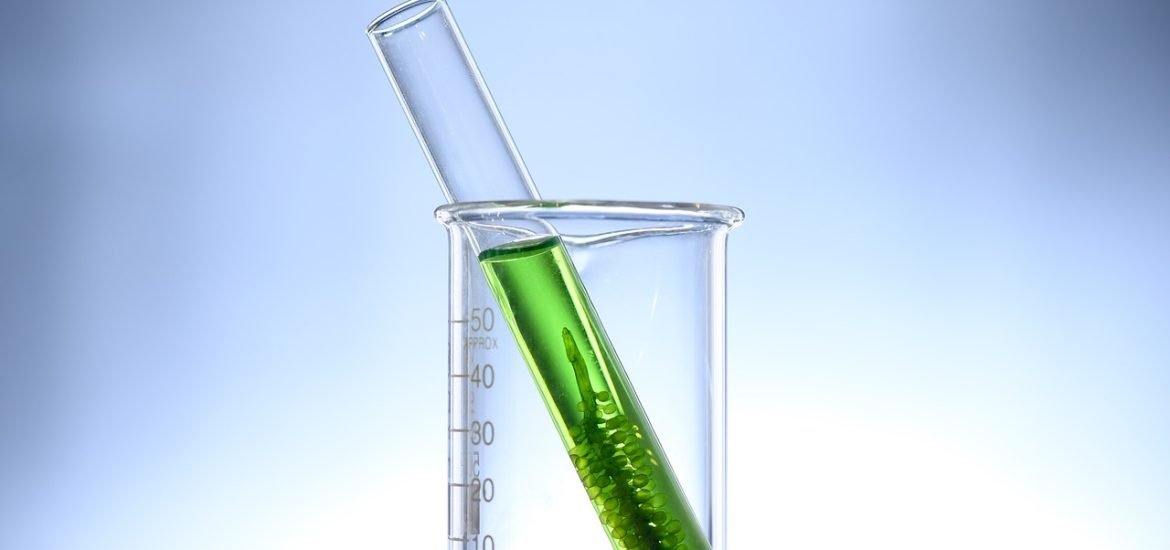
A study sheds new light into how species adapt to environmental changes within just a few generations, according to a study published in the scientific journal Current Biology.
Environmental changes — including ocean warming — always affect biodiversity and competition between species. It’s essential to understand how organisms respond because they will inevitably lead to further changes that can affect the productivity of ecosystems.
Researchers know that competition is the driving force behind fast evolution. However, we still don’t understand what specific traits evolve and how. To unveil this mystery, a team of researchers from the Gulbenkian Institute, in Portugal used the principles of metabolic theory to predict how competition influences evolution in terms of metabolism and size.
The team decided to use marine phytoplankton (unicellular algae producing 50% of Earth’s oxygen) as model organisms. In particular, they used a green microalgae species called Dunaliella tertiolecta, which they’ve kept in one of three environments for ten weeks: alone, competing with a population of this same species, or with a community of three other phytoplankton species.
Curiously, the organisms evolved to be smaller and more energy efficient when they had competition. The microorganisms that evolved under competition showed greater metabolic plasticity: they were able to use resources faster when food was abundant and were more efficient when food was scarce. These adaptations allow them to grow to larger populations than organisms that evolved without any form of competition
“This result made sense, but it was initially difficult to explain because the current (metabolic) theory does not predict improvements in both traits. Through several reiterations, we were able to piece it all together,” said Giulia Ghedini, the study’s first author. The team was able to predict the evolution of body size and population trajectories based on the metabolic theory “for the most part and also show that the evolution of metabolic plasticity can lead to some unexpected results,” added Ghedini.
The team believes this sheds some light on how organisms might respond to changing resource regimes driven by global change. The team wants to expand on this work and find out if other species follow a similar evolutionary pattern. According to the authors, understanding how metabolic plasticity affects different species is essential to predict changes in the diversity and productivity of ecosystems.
Ghedini G, Marshall D (2023) Metabolic evolution in response to interspecific competition in a eukaryote. Current Biology, https://doi.org/10.1016/j.cub.2023.06.026